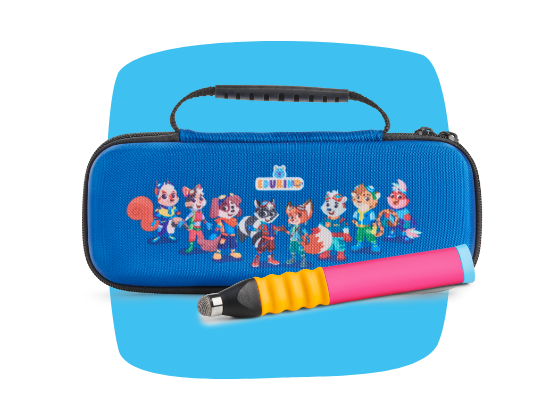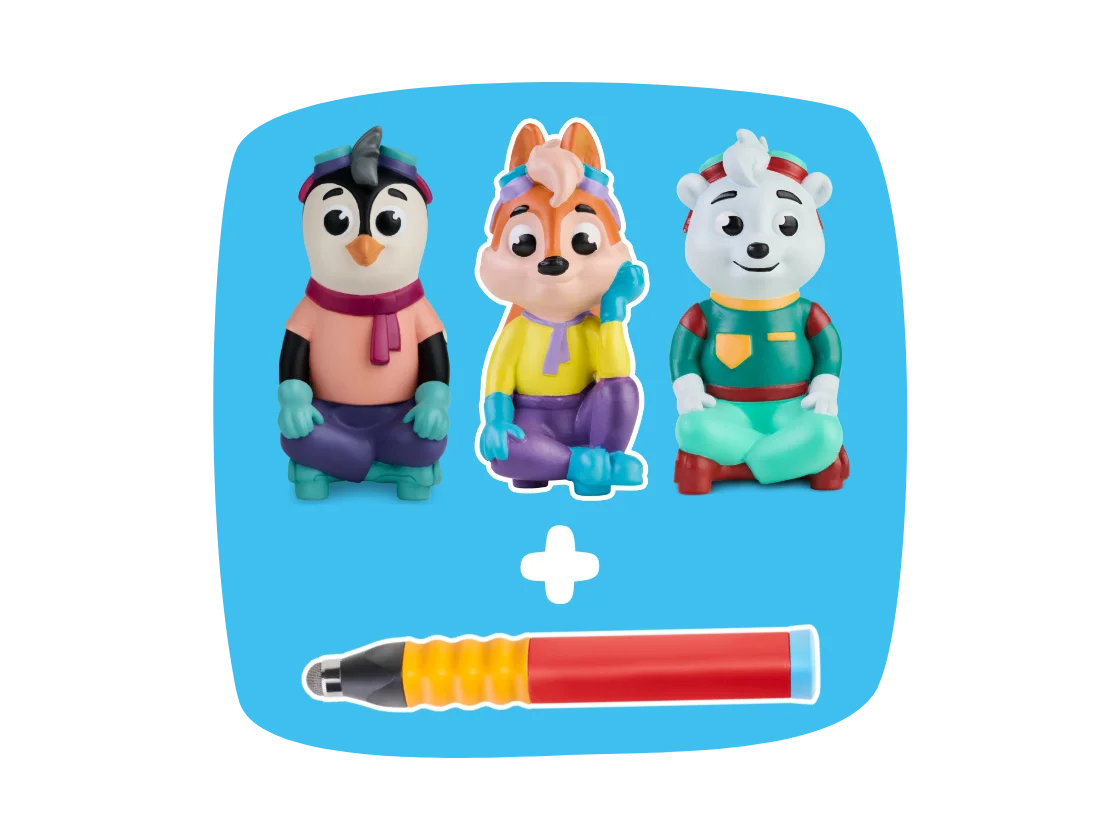Let’s be honest—nothing strikes fear into the heart of a parent quite like the word phonics. It’s up there with “nits” and “party bag fillers.” You hear it, and suddenly you're back in school wondering if the "magic e" was actually a spell someone forgot to teach you.
As a parent and a Year 1 teacher, I get it. Learning to read has changed a lot since the days of Letterland (remember Sammy Snake?). But I promise—it doesn’t have to be confusing, complicated, or the cause of a daily meltdown. In fact, supporting phonics at home can be fun, surprisingly simple, and dare I say... enjoyable?
Here’s my no-stress, parent-tested survival guide to making phonics practice actually work—without needing a teaching degree, elaborate flash cards, or wine. (Well...)
Easy Ways You Can Support Phonics Learning at Home
1. Read Aloud—Everywhere and Anywhere
Reading doesn’t always have to mean battling through a scheme book at bedtime while your child insists on decoding every single word of “Mr. McWiggle’s Wobbly Wigwam.” Read the cereal box. The back of a shampoo bottle. Turn on subtitles for Miss Rachel and read along.
If your child isn’t reading words yet—great! Point out letters in the world around them. “Look! There’s a ‘S’ on that ‘Stop’ sign!” Make reading feel real, not restricted to books.
2. Talk Like a Bit of a Numpty
OK, hear me out. Phonics is all about blending (pushing sounds together) and segmenting (pulling them apart). Try, “Time to get your c-oa-t” and let them blend the word. Start with their favourite words to really spark their interest: ‘Shall we go to the p-ar-k?’ “Can you find the t-r-ai-n?” You may feel like a bit of an eejit - but trust me this really works.
3. Keep It Fun and Fast
English is a rogue language and phonics is tough. Kids may get frustrated—and that’s okay. The trick? Keep it short and sweet. A 5-year-old’s concentration span is, well… five minutes. You don’t need a “phonics hour” or a Pinterest-worthy routine. Try “I-spy” in the car or segmenting words in the bath: “Did you s-p-l-a-sh me?!” A little, often, and playfully—that’s the secret.
4. Try Mika from Edurino—Phonics Help in Game Form
Meet Mika. Mika unlocks a world of phonics learning through fun and interactive games. Mika focuses on Phase 2 sounds, with a spotlight on segmenting—ideal for beginners or those who need extra support.
Mika helps children:
-
Listen carefully and distinguish letter sounds.
-
Identify sounds at the beginning, middle and end of a word.
-
Understand the phonetic structure of words and begin to segment them.
-
Recognise capital and lowercase letters
-
Practice letter formation
-
Develop a relaxed pen position and tripod pencil grip
-
Strengthen fine motor skills
All delivered through fun, bite-sized games they’ll actually want to come back to.
POV: you’re a parent who doesn’t speak phonics
Phonics can feel like a mysterious code (for parents and kids alike) but, thankfully you don’t need to crack it alone. With a few simple strategies (and one or two bribes for snacks), you can help your child build confidence, bit by bit. Phonics at home doesn’t have to mean rows over books. It can mean giggles at breakfast and games in the car. And yes—sometimes a wee bit of tech helps too.









